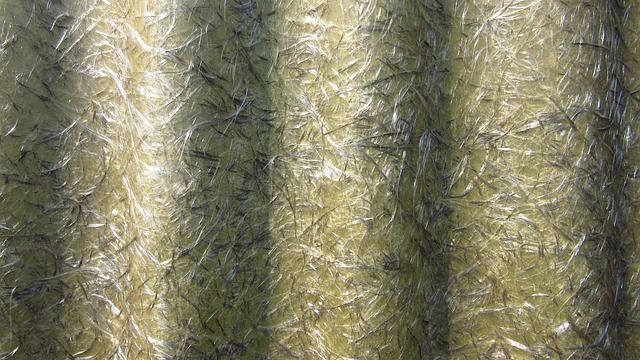What Makes Fiberglass a Better Material for Underground Conduits?
There are several benefits to using fibreglass conduits for underground projects, which make them a more efficient fit. Several of those advantages stem from the fact that fibreglass as a material has an amazing tensile strength in proportion to its weight. A closer look at those benefits should help us understand why it is that fibreglass is the preferred material of choice for underground conduit installations nowadays.
Incredible Resistance to Burn-Through
Burn-through is the industrial term for internal friction-burns that damage the inner walls of conduits systems. When cables or wiring resting inside the conduits are pulled, the resulting friction in between those cables and the conduit’s inner surface is what leads to burn-through damage.
While PVC-coated steel conduits (with a coefficient of friction = 0.55) also offer good resistance against burn-through damage, fiberglass offers even better resistance due to a lower coefficient of friction (0.38). Additionally, fibreglass conduits do not react with chemical lubricants that are used to facilitate cable pulling.
Excellent Shape Retention
Fiberglass elbows for industry application made by FRE Composites are highly resistant to not only regular impacts and compressions common to underground conduit systems, but their fiberglass construction allows them to retain shape even when subjected to exceptional pressure from earthquakes, extreme temperature conditions, and geothermal heat. Consequently, distorted, slumped fiberglass conduits are a rare sight.
A Non-conductor Material
For safeguarding underground electrical lines, fiberglass is an excellent choice for more reasons than one. First and foremost, fiberglass is a non-conductor and an insulator, which makes it a safer choice of material for manufacturing electrical conduits. Given that hundreds of electrical workers suffer fatalities each year in the United States while handling underground electrical conduits, installing fiberglass conduits can save numerous lives in the future. The fact that companies lose millions every year on account of the ensuing lawsuits does nothing to help the electrical industry either.
Lowered labour Expenses
Being one of the lightest conduit materials in use today, underground installations are significantly less labour-intensive with fiberglass conduits. This lowers labour costs in general, but the savings really add up when planning the budget for a particularly big project.
Higher Life Expectancy
Being highly resistant to friction, compression, heat, moisture, and electricity, fiberglass conduit systems have a significantly higher life expectancy than traditional materials such as metal (RMC, FMC, & EMT) and PVC. All these factors, in addition to the lowered labour costs, make fiberglass conduit systems the most cost-effective option for protecting underground cables and wires.
Although fiberglass conduits have not been as widely adopted as the standard in all parts of the US yet, it is an inevitability. As people gain more awareness and more local governments realize that the impact of PVC poisoning can ruin soil beyond redemption, fiberglass will eventually become the de facto material for underground conduit systems. After all, it’s a material that is advantageous to both the industry and the environment, leaving little scope for doubt regarding whether it is indeed the better option or not.


